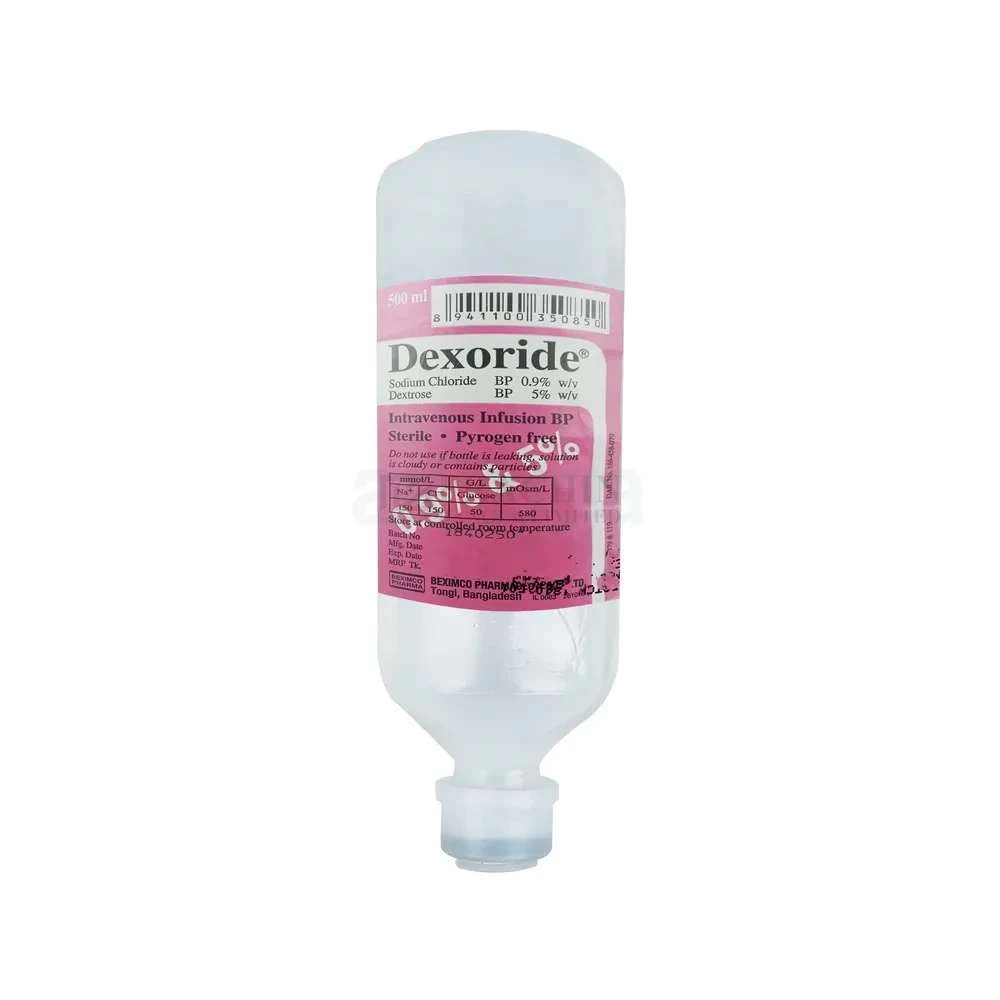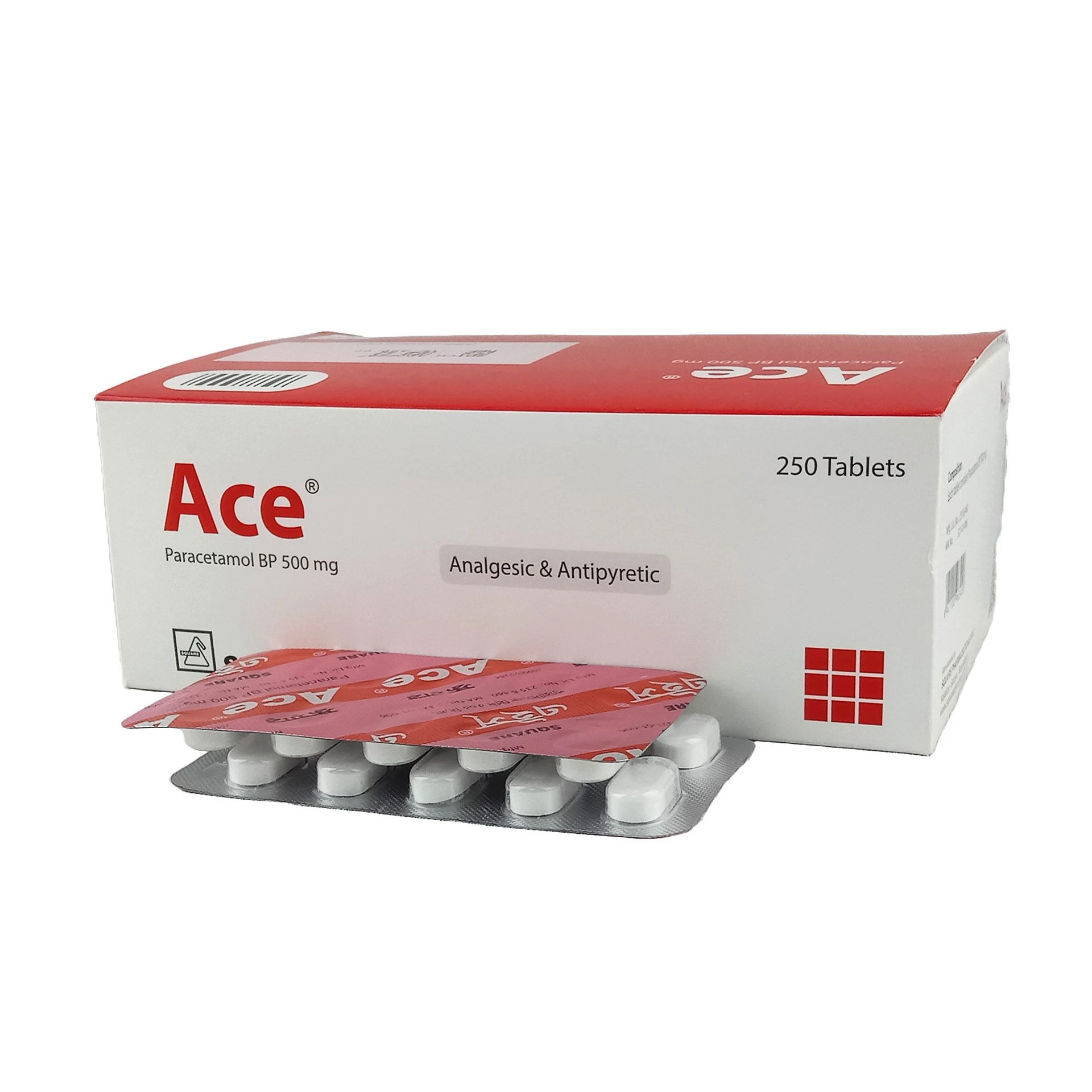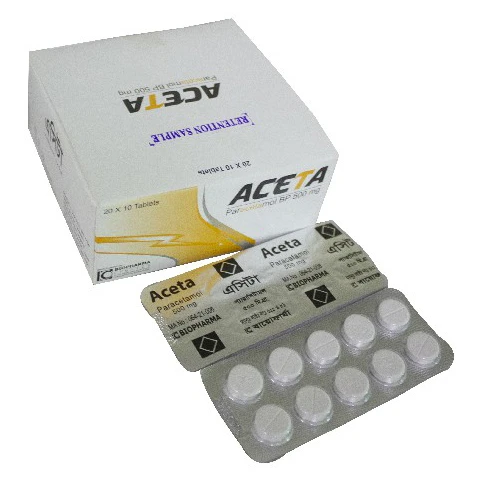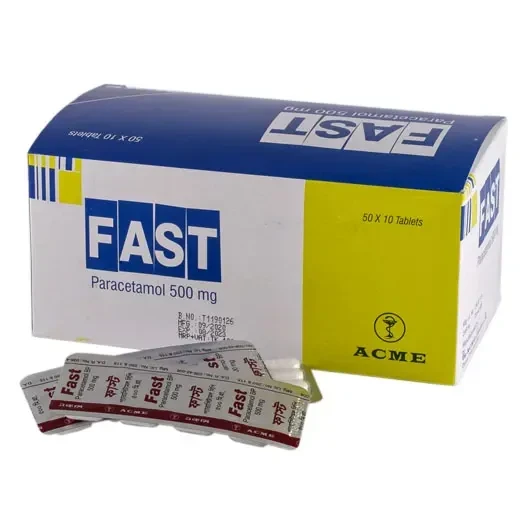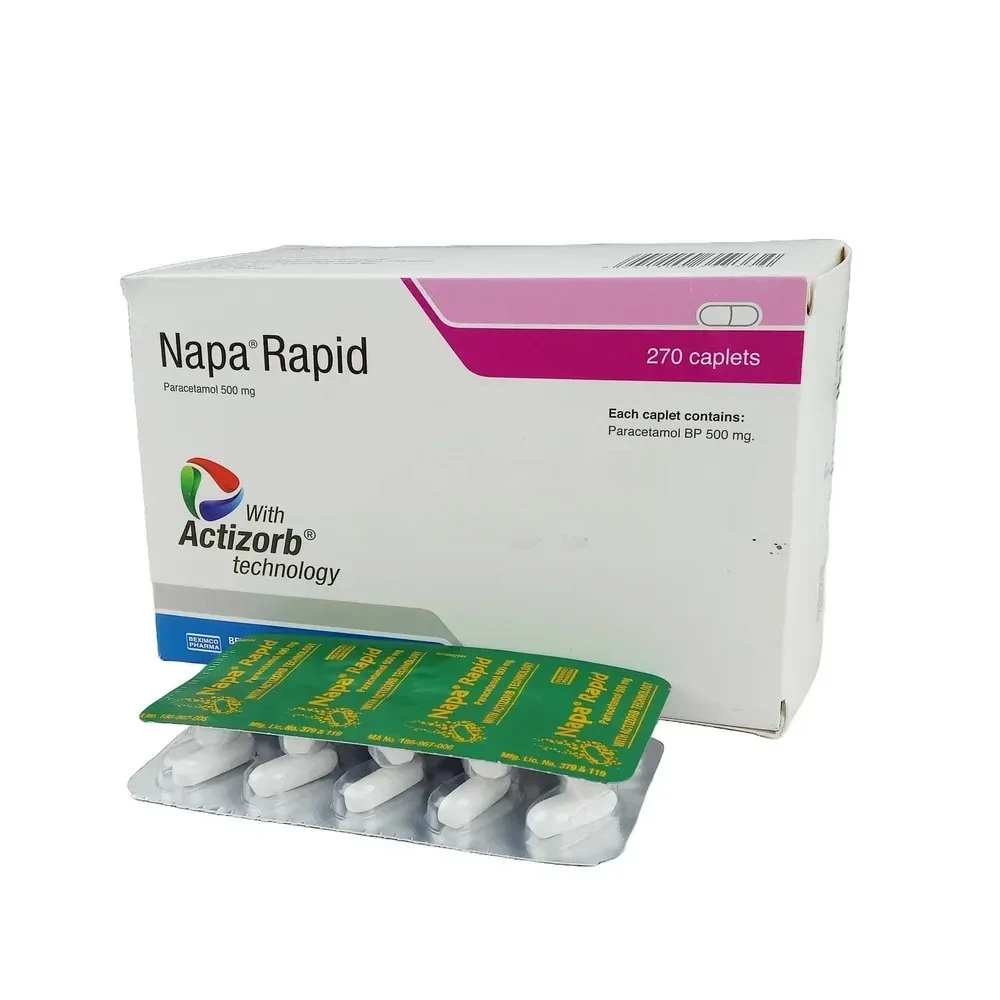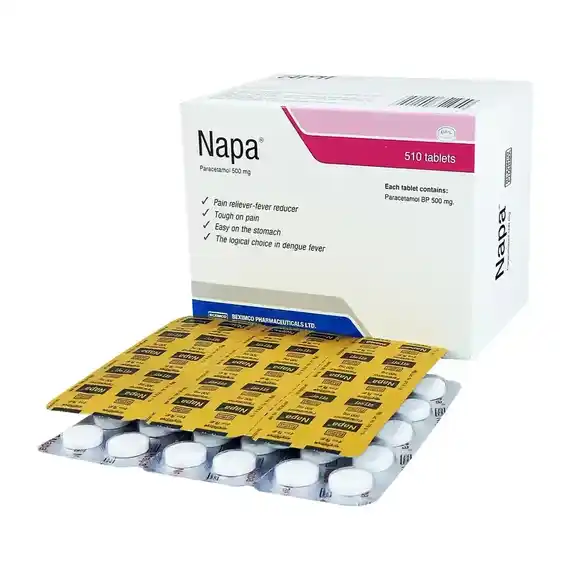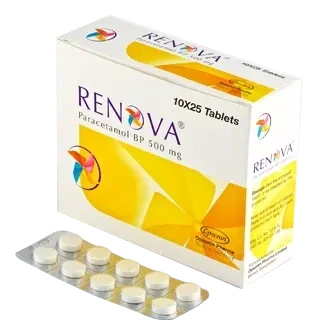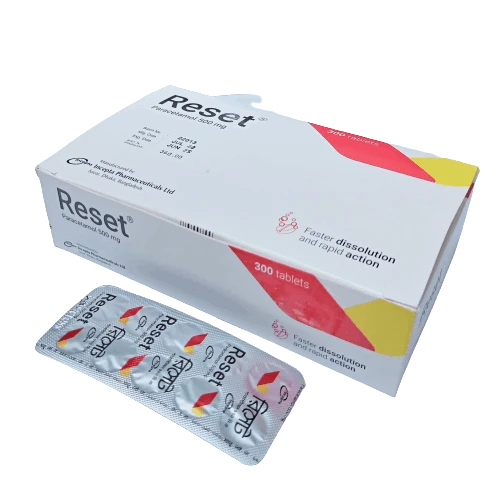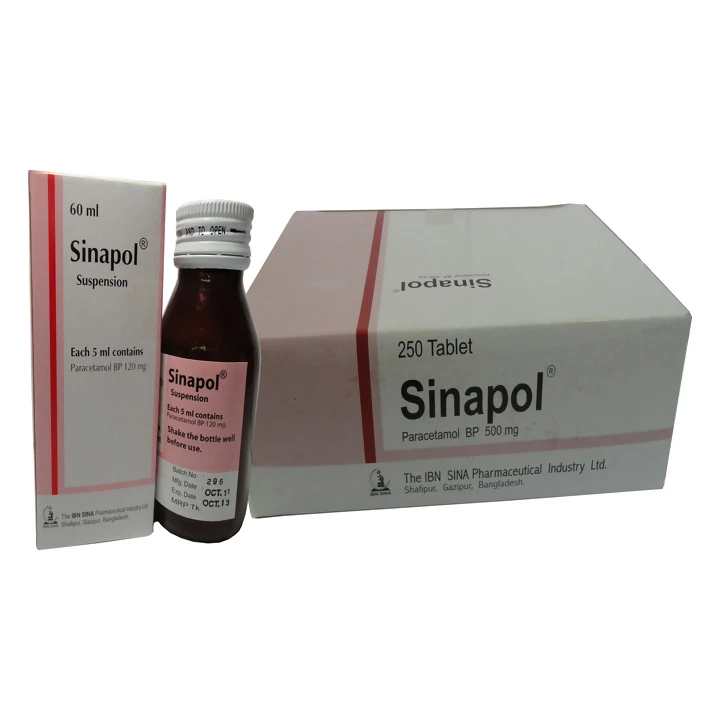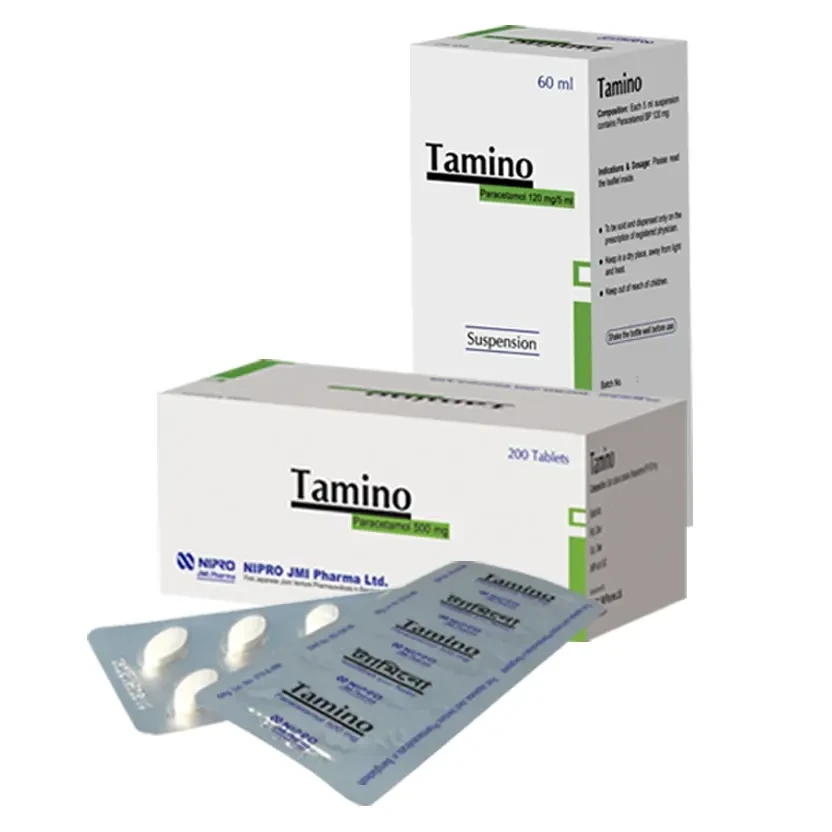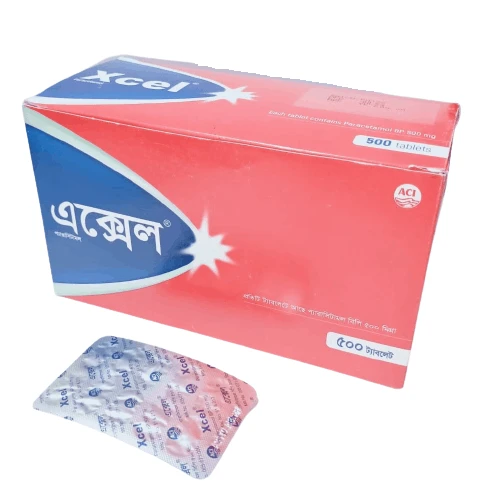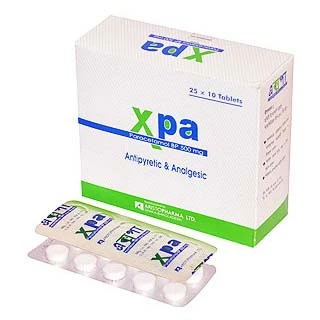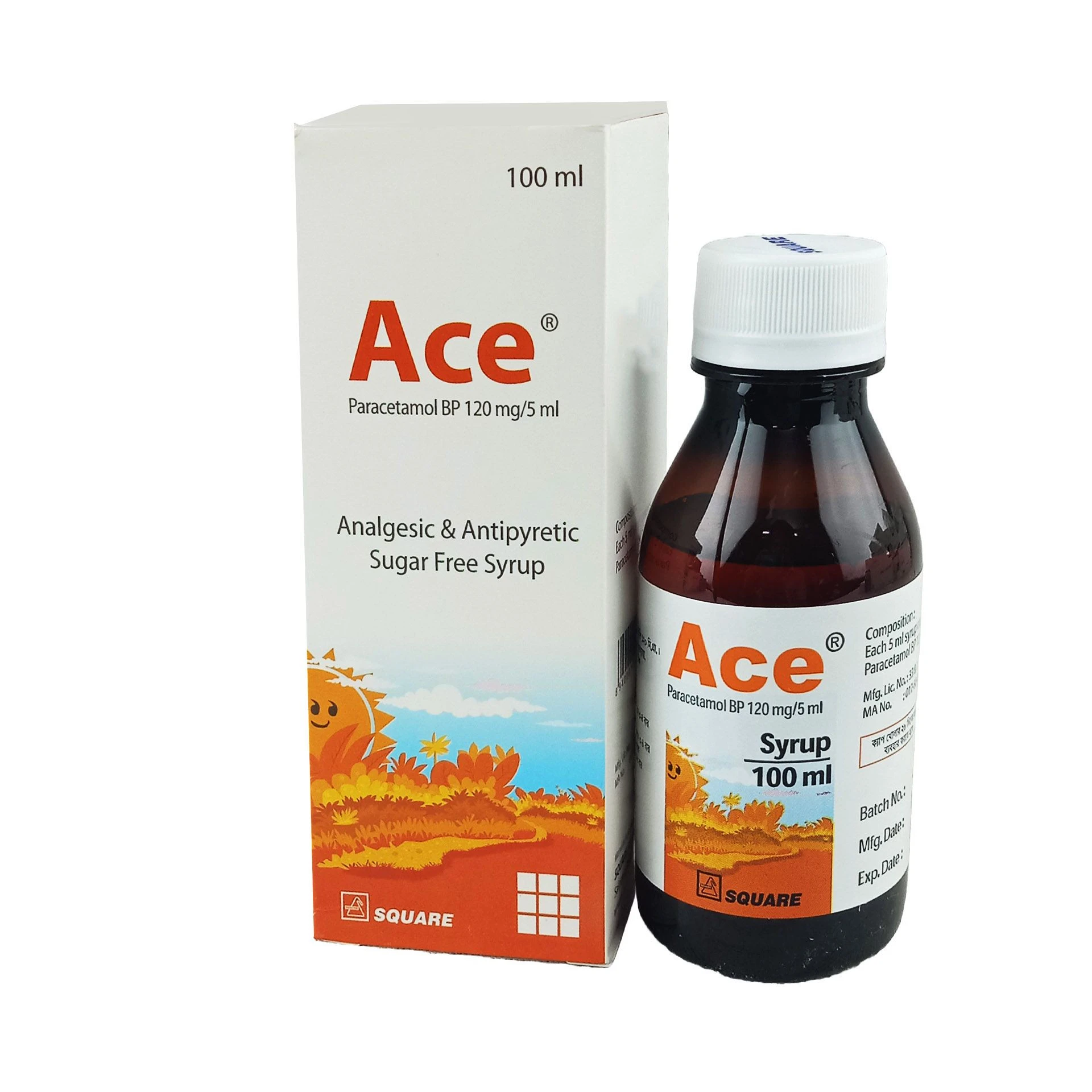Indications
Shock: Albutein is indicated in
the emergency treatment of shock and in other similar conditions where the
restoration of blood volume is urgent. If there has been considerable loss of
red blood cells, transfusion with packed red blood cells is indicated.
Burns: Albutein or Albutein in
either normal saline or dextrose is indicated to prevent marked
hemoconcentration and to maintain appropriate electrolyte balance.
Hypoproteinemia with or without
edema: Albutein is indicated in those clinical situations usually associated
with a low concentration of plasma protein and a resulting decreased
circulating blood volume. Although diuresis may occur soon after Albutein
administration has been instituted, best results are obtained if Albutein is
continued until the normal serum protein level is regained.
* রেজিস্টার্ড
চিকিৎসকের পরামর্শ মোতাবেক ঔষধ সেবন করুন'
Pharmacology
The main function of albumin
results from its contribution to plasma colloid oncotic pressure and transport
function. Albumin stabilizes circulating blood volume and carries hormones,
enzymes, medicines, and toxins. Other physiological functions include
antioxidant properties, free radical scavenging, in addition to maintenance
capillary membrane integrity. Exogenously administered albumin increases the
oncotic pressure of the intravascular system, moving fluids from the
interstitial space, thereby decreasing edema and increasing the circulating
blood volume. The increase in volume reduces the concentration and viscosity of
blood in patients with decreased circulating blood volume while maintaining
cardiac output in shock. In dehydrated patients, negligible effects exist on
circulating blood volume. In addition to the above albumin replaces protein in
patients with hypoproteinemia until the cause of the deficiency can be
determined.
This drug has thousands of
endogenous and exogenous targets. Human albumin also binds and carries a
plethora of hydrophobic molecules, such as endogenous (i.e., cholesterol, fatty
acids, bilirubin, thyroxine) or exogenous substances (for example, drugs and
toxins), transition metal ions, as well as gas (nitric oxide [NO]), with
resulting implications for their solubilisation, transport, metabolism, and
detoxification.
Dosage & Administration
Human albumin 25% is for
intravenous administration only. Human albumin may be diluted with 5% glucose
or 0.9% sodium chloride. Concentration, dosage, and infusion-rate should be
adjusted to the patient’s individual requirements and indication.
Hypovolemia: Initial dose 25 g is
suggested.
Hypoalbuminemia: 50-75 gm
Prevention of central volume
fluid removed depletion after
paracentesis due to cirrhotic
ascites: 6-8 gm for every 1000 mL of ascitic.
OHSS: 50 to 100 gm over 4 hours
and repeated at 4-12 hour intervals as necessary. 10-50 gm; single infusion.
ARDS: 25 g over 30 minutes and
repeated at 8 hours for 3 days if necessary.
Burns: Determined by direct
observation of vital sign or measurement of either plasma oncotic pressure or
protein content.
Human albumin 20%: Measures of
adequacy of circulating volume and not plasma albumin levels should be used to
determine the dose required. If human albumin is to be administered,
haemodynamic performance should be monitored regularly; this may include:
arterial blood pressure and pulse
rate
central venous pressure
pulmonary artery wedge pressure
urine output
electrolyte
haematocrit / haemoglobin
The solution can be directly
administered by the intravenous route, or it can be diluted in an isotonic
solution (e.g. 0.9% sodium chloride). In plasma exchange the infusion rate
should be adjusted to the rate of removal.
Human albumin 5% may be given
intravenously without further dilution. This concentration is approximately
isotonic and iso-osmotic with citrated plasma. Albumin (Human) in this
concentration provides additional fluid for plasma volume expansion. Therefore,
when it is administered to patients with normal blood volume, the rate of
infusion should be slow enough to prevent too rapid expansion of plasma volume.
In the treatment of shock in an adult
patient an initial dose of 500 mL of the 5% albumin solution is given as
rapidly as tolerated. If response within 30 minutes is inadequate, an
additional 500 mL of 5% albumin solution may be given. The 50 mL dosage form
would be appropriate for pediatric use, with a dose of 10-20 mL per kg of body
weight infused intravenously at a rate up to 5-10 mL per minute. Therapy should
be guided by the clinical response, blood pressure and an assessment of
relative anemia. If more than 1000 mL are given, or if hemorrhage has occurred,
the administration of packed red blood cells may be desirable.
In severe burns, immediate
therapy should include large volumes of crystalloid with lesser amounts of 5%
albumin solution to maintain an adequate plasma volume. After the first 24
hours, the ratio of albumin to crystalloid may be increased to establish and
maintain a plasma albumin level of about 2.5 g/100 mL or a total serum protein
level of about 5.2 g/100 mL. However, an optimal regimen for the use of
colloids, electrolytes and water after severe burns has not been established.
The infusion of Albumin (Human)
as a nutrient in the treatment of chronic hypoproteinemia is not recommended.
In acute hypoproteinemia, 5% albumin may be used in replacing the protein lost
in hypoproteinemic conditions. However, if edema is present or if large amounts
of albumin are lost, Albumin (Human) 25% is preferred because of the greater
amount of protein in the concentrated solution. Parenteral drug products should
be inspected visually for particulate matter and discoloration prior to
administration, whenever solution and container permit.
* রেজিস্টার্ড
চিকিৎসকের পরামর্শ মোতাবেক ঔষধ সেবন করুন'
Interaction
Albutein solution should not be
mixed by protein hydrolysates or alcoholic solutions. Risk of atypical
reactions to ACE inhibitors in patients undergoing therapeutic plasma exchange
with Albutein human replacement.
Contraindications
Albumin (Human) may be
contraindicated in patients with severe anemia or cardiac failure and in
patients with a history of allergic reactions to human albumin.
Side Effects
Allergic or pyrogenic reactions
are characterized primarily by fever and chills; rash, nausea, vomiting,
tachycardia and hypotension have also been reported. Should an adverse reaction
occur, slow or stop the infusion for a period of time which may result in the
disappearance of the symptoms. If administration has been stopped and the
patient requires additional Albutein (Human), material from a different lot
should be used. Albutein (Human), particularly if administered rapidly, may
result in vascular overload with resultant pulmonary edema.
Pregnancy & Lactation
Pregnancy Category C. Either
studies in animals have revealed adverse effects on the foetus (teratogenic or
embryocidal or other) and there are no controlled studies in women or studies
in women and animals are not available. Drugs should be given only if the
potential benefit justifies the potential risk to the foetus.
Precautions & Warnings
Hypertension or low cardiac
reserve; additional fluids for dehydrated patients. Monitor for signs of
cardiac overload in injured or postoperative patients. May carry risk of viral
transmission. Volume admin and rate of infusion must always be individualised
according to situation and response. Pregnancy, lactation.
Use in Special Populations
No clinical studies using
Albutein (Human) have been conducted in pediatric patients. Safety and
effectiveness in pediatric patients have not been established. However,
extensive experience in patients suggests that children respond to Albutein
(Human) in the same manner as adults.
Therapeutic Class
Plasma expanders
Storage Conditions
Store below 30°C. Do not freeze.
















